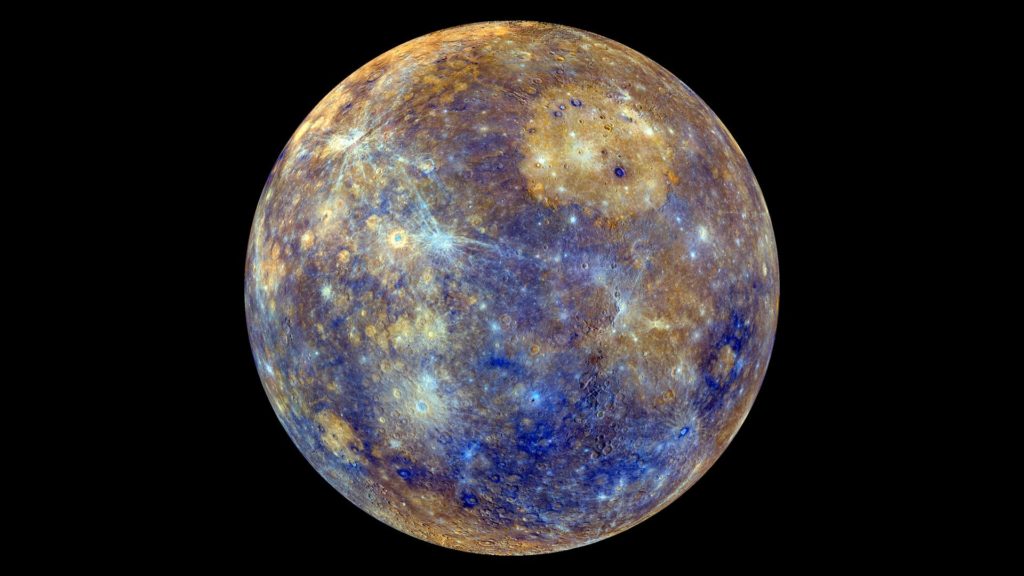A new study has emerged where scientists have presented a new explanation for the large core of Mercury. This is not related to collisions during the formation of the solar system.
The new study refutes the hypothesis of why Mercury has a large core compared to the mantle (the layer between the planet’s core and crust). For decades, scientists believed that as a result of collisions with other bodies during the formation of our solar system, much of Mercury’s rocky mantle collapsed, leaving a large, dense, metallic core inside. But new research shows that collisions are not to blame – solar magnetism is to blame.
William McDonough, professor of geology at the University of Maryland, and Takashi Yoshizaki of Tohoku University developed a model showing that the density, mass, and iron content of a rocky planet’s core depends on its distance from the sun’s magnetic field. An article describing the discovery appeared in the journal Progress in Earth and Planetary Science.
“The four planets in our solar system — Mercury, Venus, Earth and Mars — are made up of varying proportions of metal and stone,” McDonough said. – There is a tendency for the metal content in the core to decrease as the planets move away from the Sun. Our paper explains how this happened by showing that the distribution of raw materials in the early forming solar system was controlled by the sun’s magnetic field. ”
McDonough’s new model shows that during the early formation of the solar system, when the young Sun was surrounded by a swirling cloud of dust and gas, iron grains were pulled toward the center by the Sun’s magnetic field. When planets closer to the Sun began to form from clumps of this dust and gas, they included more iron in their cores than those that were farther away.
The researchers found that the density and proportion of iron in the core of a rocky planet correlates with the strength of the magnetic field around the sun during planet formation. In a new study, they suggest that magnetism should be factored into future attempts to describe the composition of rocky planets, including those outside our solar system.
The composition of a planet’s core is important to its potential to support life. On Earth, for example, a molten iron core creates a magnetosphere that protects the planet from cancer-causing cosmic rays. The core also contains most of the phosphorus, an essential nutrient for maintaining carbon-based life.
Using existing models of planetary formation, McDonough determined the rate at which gas and dust were being pulled into the center of our solar system during its formation. He took into account the magnetic field that the sun should have generated when it appeared, and calculated how this magnetic field would pull iron through a cloud of dust and gas.









